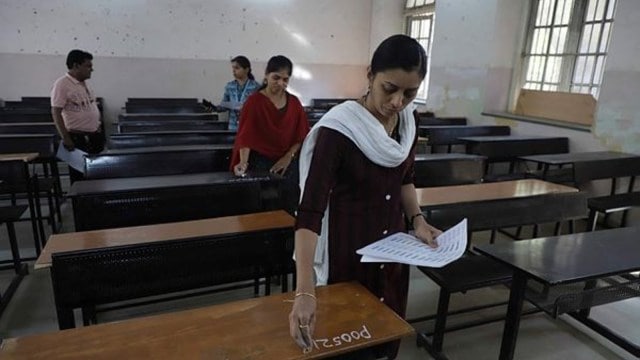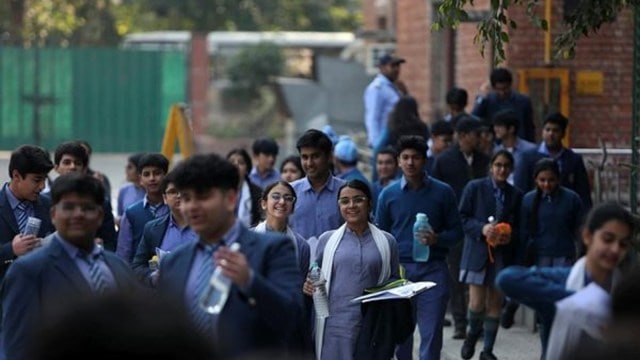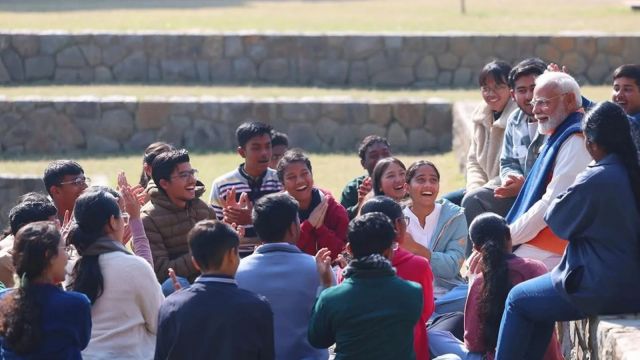
Rohit Sharma bats in 2nd Super Over after retiring out in 1st. Is that legal? Here’s what rules say
It took not one but two Super Overs to decide the fate of India’s third and final T20I against Afghanistan. But thanks to skipper Rohit Sharma’s antics with the bat — a record 5th T20I hundred followed by crucial boundaries in both super overs — the hosts prevailed in Bangalore to wrap up the series with a whitewash.
However, the Indian captain coming in to bat for the second Super Over became a point of contention in the aftermath of the thriller.
Having been India’s leading run scorer, Rohit would accompany Jaiswal to bat in the first super over. However, before the last ball – when India required two to win – the Indian skipper would retire himself out to bring in Rinku Singh at the non-striker’s end. As the match went into another super over, Rohit returned to bat alongside Rinku Singh.
25.4.2 – If a batter retires because of illness, injury or any other unavoidable cause, that batter is entitled to resume his/her innings. If for any reason this does not happen, that batter is to be recorded as ‘Retired – not out’.
25.4.3 – If a batter retires for any reason other than as in 25.4.2, the innings of that batter may be resumed only with the consent of the opposing captain. If for any reason his/her innings is not resumed, that batter is to be recorded as ‘Retired – out’.
IN CASE OF A TIED SUPER OVER: Any batsman dismissed in any previous Super Over shall be ineligible to bat in any subsequent Super Over.
Per the ICC Playing Conditions in case of a tied super over, “Any batsman dismissed in any previous Super Over shall be ineligible to bat in any subsequent Super Over.”
It must be note that the match officials have not yet clarified whether Rohit was retired out or retired hurt. If it was the latter, he would have been eligible to bat again since he was not out in the first Super Over.

 Posts
Posts Sign up as a Teacher
Sign up as a Teacher







